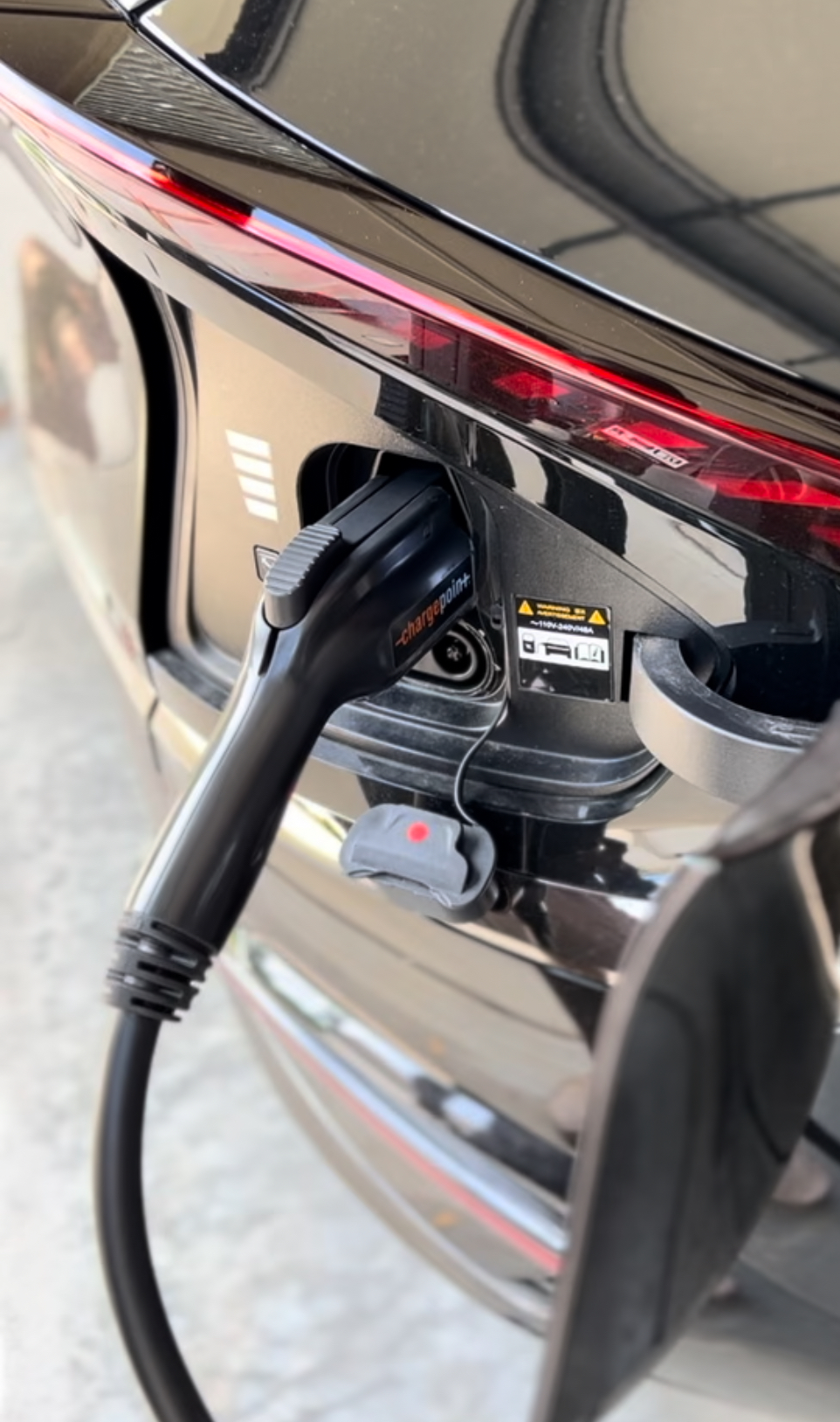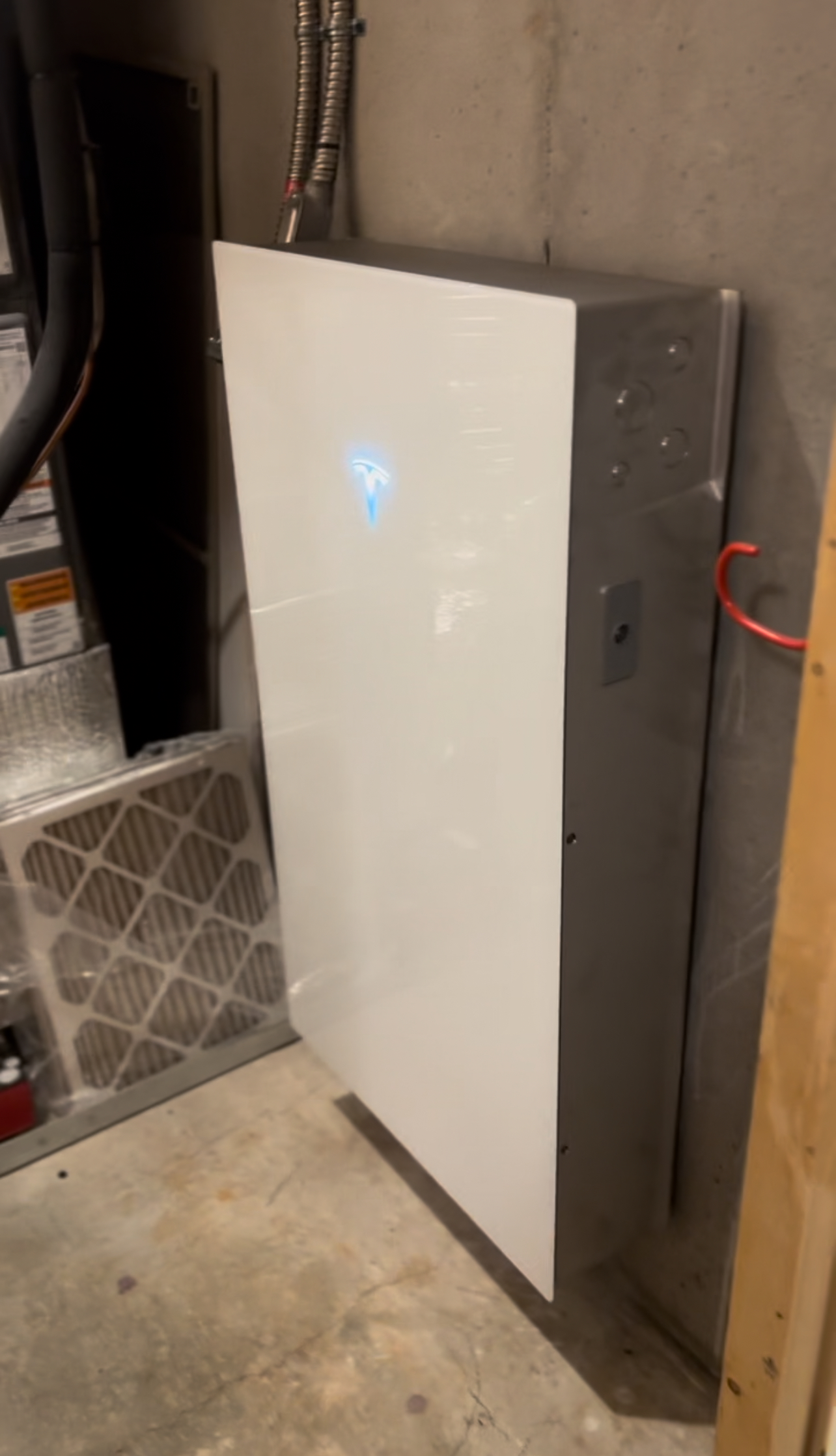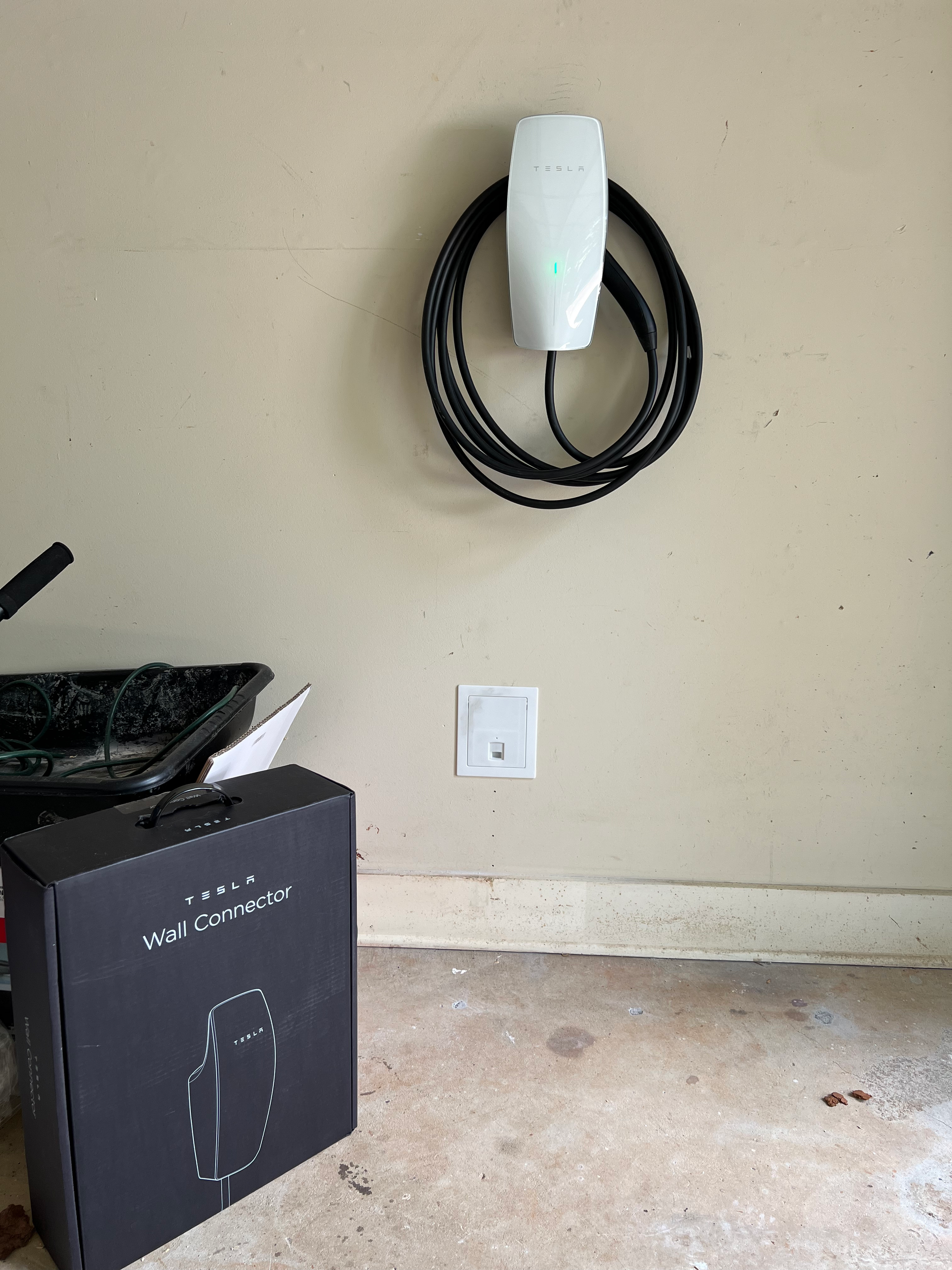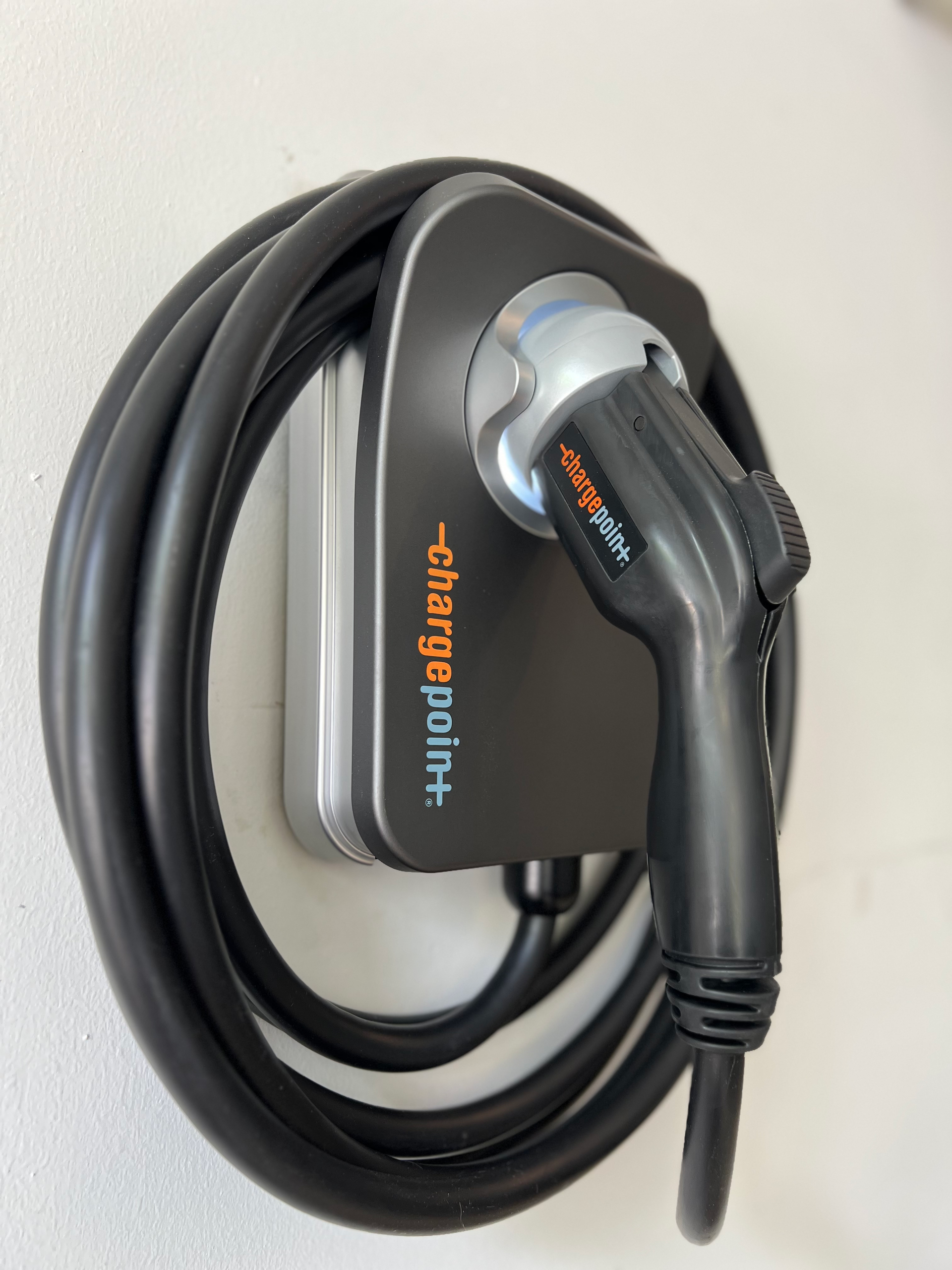EV Charging
Are you in the process of buying or recently acquired an electric vehicle? Familiarize yourself with the diverse charging possibilities at your disposal and how to ensure safe charging for your electric vehicle.
HOME CHARGING: ELECTRIC VEHICLE SUPPLY EQUIPMENT
- Before using a charger, verify that it has been approved by a Nationally Recognized Testing Laboratory.
- Consult a certified electrician to assess your home's electrical system's capacity for charging.
- Check both the charger and charging cord for any signs of damage before use.

LEVEL 1 CHARGING
- Level 1 charging utilizes a standard household plug, providing a range of 2-5 miles per hour charged.
- Confirm that your charger or receptacle is equipped with Ground Fault Circuit Interrupter (GFCI) protection to prevent inadvertent shocks and electrocution.
- Ensure the use of a dedicated circuit solely for charging your vehicle, separate from other appliances.
- Employ the charging cord provided by the manufacturer.
LEVEL 2 CHARGING
- This level offers charging through specialized 240v charging equipment, delivering a range of 10–60 miles per hour charged.
- Installation must be carried out by a qualified electrician and may necessitate an electrical service upgrade.
- Outdoor-rated charging stations should exclusively be used outdoors.
- Prevent contact between the charging station and the electric vehicle.
LEVEL 3 CHARGING
The quickest charging option, but not suitable for residential installation.
WARNING
- Electric vehicles are powered by high-voltage batteries.
- All maintenance tasks should be undertaken by the manufacturer.
- Exercise caution around high-voltage orange cables to avoid contact.



